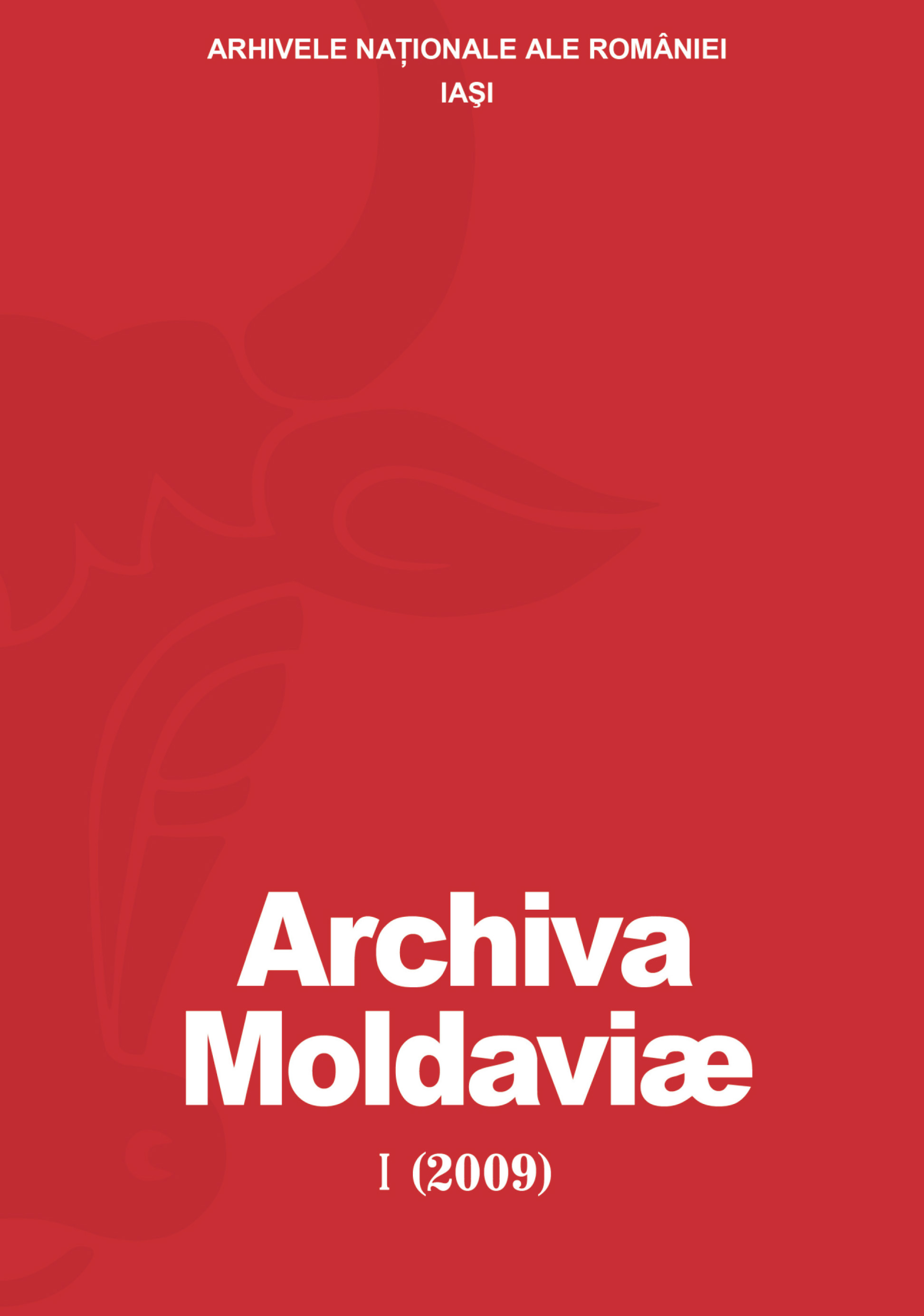Ruine, lipsuri şi anarhie. Moldova şi Bucovina de sud în toamna anului 1944
Ruins, Deficiencies and Anarchy. Moldavia and South Bukowine in the Autumn of 1944
Author(s): Dorin DobrincuSubject(s): History, Social history, Recent History (1900 till today), WW II and following years (1940 - 1949)
Published by: Societatea de Studii Istorice din România
Keywords: Moldavia; South Bucovina; Soviet military occupation; destructions; deficiencies; misery; political; administrative and social transformations; anarchy;
Summary/Abstract: Moldavia and South Bukowine were occupied in Spring-Summer of 1944 by the Red Army and became war field. Consequently, they suffered a massive destruction and loss of people. Also, they entered under the Soviet military occupation regime. Despite the statements made by Viaceslav Molotov in April 1944 regarding the non-involvement in the internal affaires of Romania, the Soviets interfered actively and massively in the political and social transformations. The first regions where the Soviet real-politik was applied were exactly those of the North-East of the country. This action was in concordance with Stalin’s vision considering that the winner may impose his social and political system in the occupied areas, as he would state in 1945 in front of a delegation from Yugoslavia in USSR.The process of Soviet transformation extended in the Autumn of 1944 in Moldavia and South Bukowine. The government in Bucharest understood that it had no possibilities of control over these regions and that, under the circumstances of the ascension of the communist forces and the secessionist trend, it might risk even to lose them. The Sănătescu government took notice of this reality after a commission sent in the region evaluated the situation in the field and after notes and reports arrived on different channels. Two of these documents, dated the 8th of November, revealed the difficult situation in Moldavia and South Bukowine where the Romanian government lost almost completely the control over the administration, the abuses of those who administered under the Soviet protection, the shortcomings and the misery affecting the population. The two documents are edited in the second part of this documentary in order to contribute to the enlargement of the documentary base of a subject less researched by the historians.
Journal: Archiva Moldaviae
- Issue Year: I/2009
- Issue No: 1
- Page Range: 227-243
- Page Count: 17
- Language: Romanian

